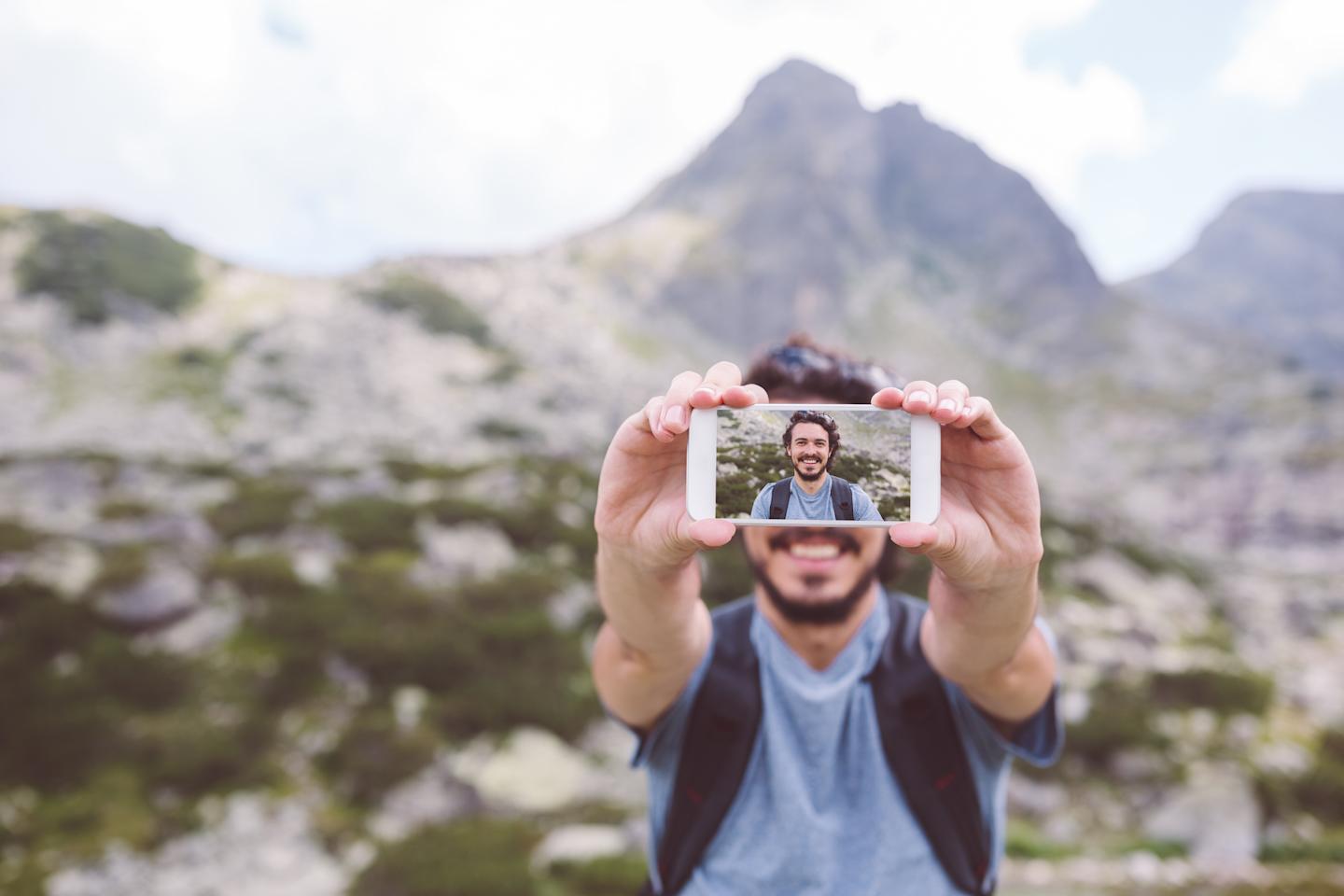Safety tips for #NationalSelfieDay

Nimmi Kanji
Director - Social Purpose Programs, For Good and TELUS Wise

Safety tips for #NationalSelfieDay
June 21 is #NationalSelfieDay. Since the term was coined in 2004, the selfie has gone from relative obscurity on MySpace, to an Oxford Dictionary entry in 2013, to a phenomenon that has changed the way we express ourselves online.
According to HQ Press, as of 2018, 93 million selfies were posted online per day, and 10 selfies were posted to Instagram every 10 seconds.
While seemingly shocking, these stats aren’t surprising. Think about what you post and consume on your social feeds daily. How many selfies do you see? How many do you take? And with apps like SnapChat, which allow users to add fun filters and captions, taking selfies is becoming even more popular.
As you get ready to capture your best angle and post your own selfie on June 21, it’s important to think about three aspects of selfie safety - so you snap, share and like with a greater level of awareness and care.
#1: Physical Safety
Just when you think you’ve seen it all online, you haven’t: selfies of people hanging off roofs and mountain ledges, standing in front of an active volcano, underwater with sharks, scaling world-famous monuments and so much more! Believe it or not, people go to great lengths (and heights) to snap the perfect selfie. According to a CBS News report, from 2011 to 2017, 259 people were reported killed worldwide in selfie-related incidents (the story also includes 33 risky selfies from around the globe, which we suggest you don’t try and recreate).
The Journal of Family Medicine and Primary Care, which presented the original research on selfie deaths, actually recommends establishing no selfie zones in popular tourist areas to combat this growing and sometimes dangerous trend.
It goes without saying that if you’re considering putting yourself (or anyone else) in harm’s way to get a perfect selfie -- you should rethink it. Your personal physical safety is far more important.
#2: Digital safety
Selfies can also create security risks. With 93 million taken daily, there are bound to be a few photos taken in the wrong place at the wrong time, or those that compromise confidential or sensitive information.
Kitty Parry, Founder and CEO of Social Media Compliance, talks about many famous (Elon Musk inadvertently sharing his personal mobile on Twitter), and not-so-famous (taking a picture of your meal with your credit card mistakenly in the background) instances of accidental information leaks.
Parry’s company has built the first machine learning application that recognizes data breaches in images, and provides alerts to individuals or companies when their information is compromised.
The bottom line? Awareness and education. Even though selfies (and social media) seem so mainstream, they are a relatively new way of communicating and self-expressing. Before you click, scan your environment to make sure you aren’t revealing too much personal information. And before you post, evaluate your image from a digital safety perspective to make sure you’re being safe and respectful (to yourself and others that may be in your photo).
#3: Emotional safety
York University in Toronto did an interesting study about selfies. Participants included 113 Canadian women, aged 16 to 29. There were three different groups: women that posted untouched selfies, women that posted retouched selfies and women that didn’t post at all, and instead read a travel article. Of the women that posted, there was a reported increase in anxiety, decrease in confidence and a feeling of being less attractive.
And what about the reactions to posted selfies? Medium.com published a great article about social media likes. When someone likes one of our posts, our brains release dopamine, the feel good chemical, which can become somewhat addictive. The more we get, the more we want. The U.K.’s New Statesman validated those findings in a survey that reveals how likes influence our daily lives and moods. For 89% of those surveyed, getting likes makes them happy, and 62.7% agreed or strongly agreed with the statement, “I feel a buzz when someone likes my post.”
When selfies get tied into self worth or affect mood, which can be a common problem, especially among young people, the selfie isn’t so innocuous anymore. While selfies can be empowering in the moment, reactions to them (or non-reaction) can inadvertently have negative impacts on mental health.
It’s important to have very open conversations about the reality of online engagement, what it means and doesn’t mean, how to be selective about what you post and how to manage your expectations about reactions in a healthy, more detached way.
While selfies offer endless opportunities for self-expression when taking them, and connection, validation and happiness when posting them, they also make us vulnerable to both positive and negative reactions. So before you snap and post on June 21 in celebration of #NationalSelfieDay, make sure you’re safe – physically, digitally and emotionally – so you can enjoy expressing yourself online without the potentially negative impacts.